First modification:
Sri Lanka’s prime minister said his debt-ridden economy has “collapsed” as he ran out of money to pay for food and fuel. The island country has a shortage of basic necessities and, already in default on its debt, they seek help from neighboring countries, India and China, and the International Monetary Fund (IMF).
Sri Lanka’s economy has “collapsed” after months of food, fuel and electricity shortages, Ranil Wickremesinghe, the newly appointed prime minister told lawmakers.
Wickremesinghe said the South Asian nation is facing “a much more serious situation” than shortages, warning of “a possible fall to the bottom.” “Our economy has completely collapsed,” he added.
Sri Lankans have been grappling with shortages for months, queuing for hours to try to buy scarce fuel. A blow to the lives of citizens who had witnessed how its economy grew rapidly, with a large and comfortable middle class, until the last crisis worsened.
The Government owes more than 51,000 million dollars and is on the verge of bankruptcy, unable to pay the interest on its loans. Tourism, an important engine of economic growth, fell as a result of the pandemic and due to security issues related to the 2019 terrorist attacks.
The local currency has plummeted 80%, making imports more expensive and increasing inflation, which is already out of control, with a 57% increase in the cost of food, according to official data. The situation is so compromised that the government has no money to import gasoline, milk, cooking gas or toilet paper.

How did Sri Lanka get to this point?
Various analysts define it as years of mismanagement, corruption and squandering of wealth, which also complicates any financial rescue for Sri Lanka.
Anit Mukherjee, an economist at the Center for Global Development in Washington, said that any aid from the International Monetary Fund (IMF) or the World Bank (WB) must be monitored and signed under strict conditions to ensure that the aid is not mismanaged.
Social unrest is centered against President Gotabaya Rajapaksa and his brother, former Prime Minister Mahinda Rajapaksa. The latter recently resigned after weeks of anti-government protests that ended in violence.
In 2019, Easter suicide bombings at churches and hotels that killed more than 260 people devastated tourism, a key source of foreign exchange. The government needed revenue to cover foreign debt for major infrastructure projects, but instead Rajapaksa pushed through the biggest tax cuts in Sri Lankan history.
That’s when creditors downgraded Sri Lanka, preventing it from borrowing more money. Then, tourism suffered the final blow with the arrival of the pandemic.
In April 2021, Rajapaksa decided to ban imports of chemical fertilizers in a bid to boost organic farming, but the move came as a surprise to farmers and affected staple rice harvests, driving up prices.
Imports of other items considered luxury were also banned, and the war in Ukraine sent food and oil prices skyrocketing. Inflation approached 40% and food prices rose almost 60% in the month of May.
Until now, Sri Lanka has survived with a loan from India of around 4,000 million dollars, as well as from other governments such as the United States, Japan and Australia. But it’s not enough. The island nation needs about $3 billion to import enough fuel, $900 million for food, $600 million for fertilizer and about $250 million to import cooking gas.
Sri Lanka is currently seeking economic aid from China and organizations such as the World Bank and the IMF, which are analyzing the situation. Meanwhile, the United Nations warns that the Asian island is on the brink of a humanitarian emergency and the World Food Program affirms that almost nine out of ten families skip meals or skimp to stretch food.
with AP



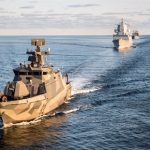
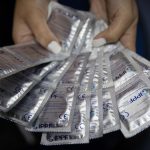



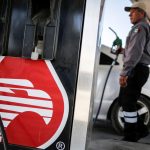

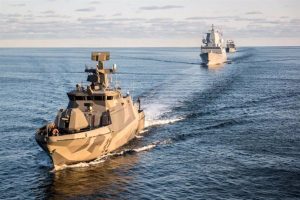
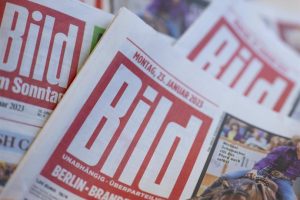

Add Comment